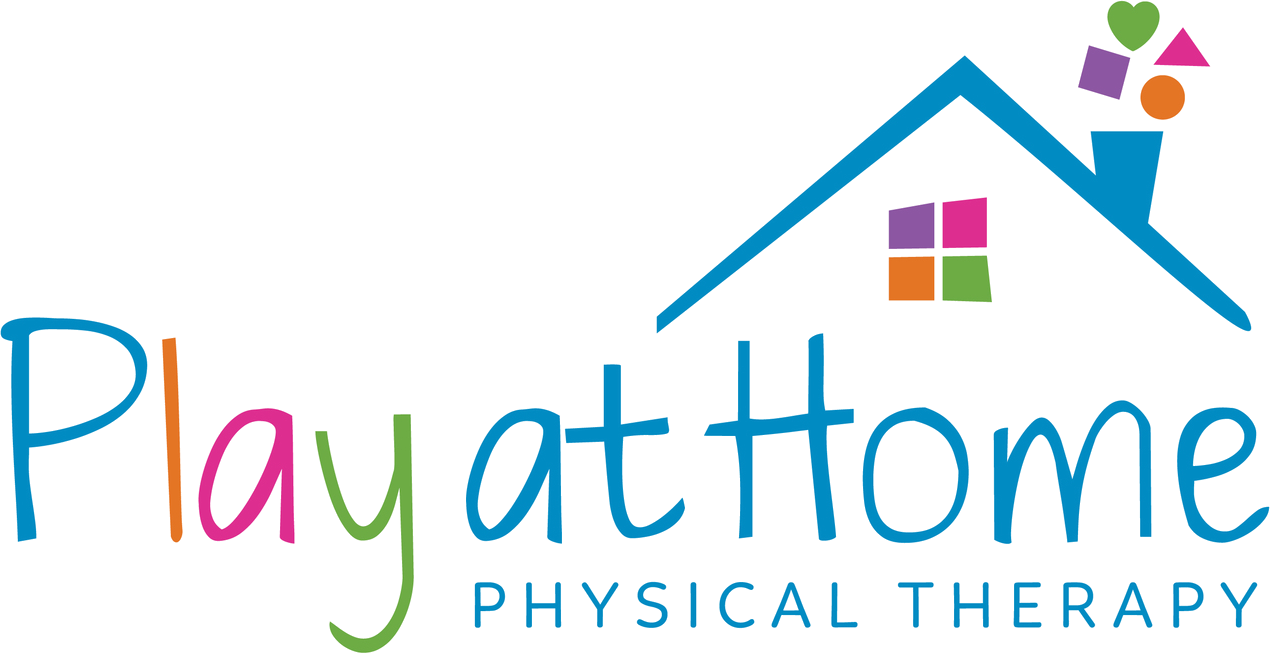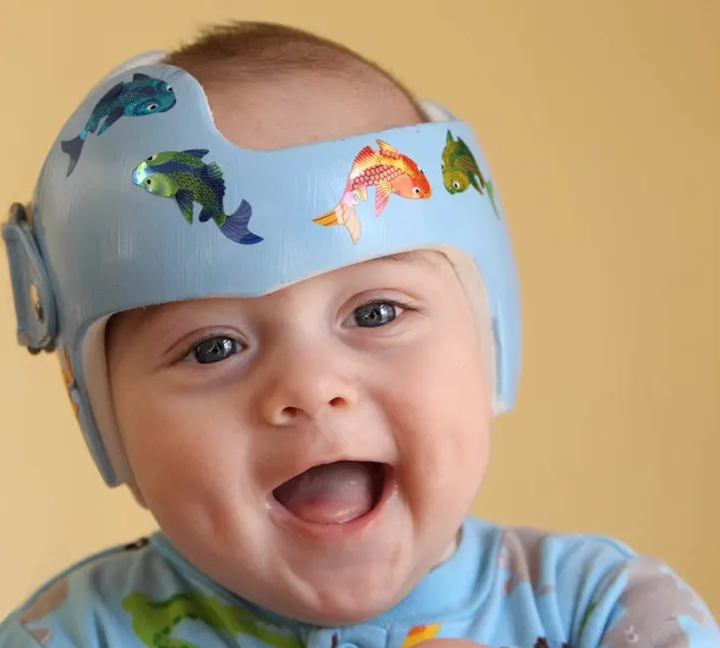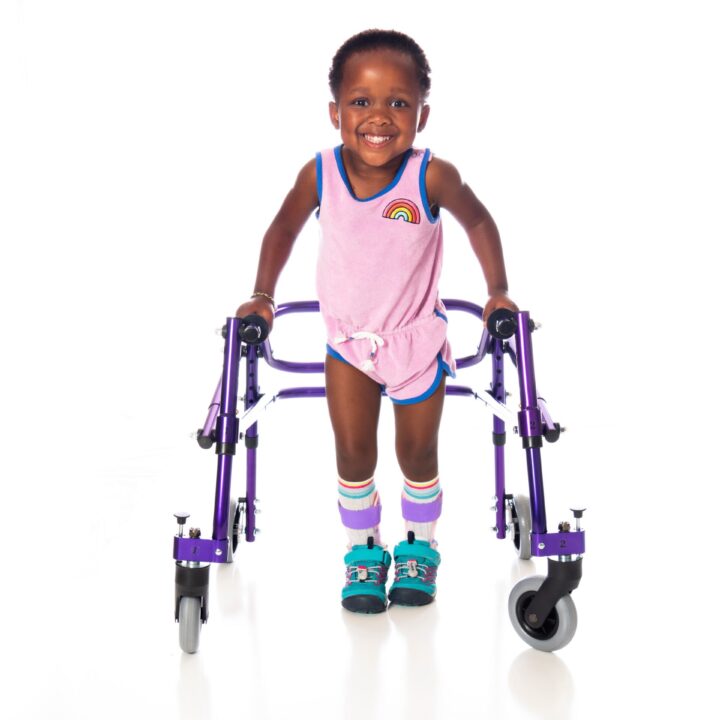
Treating Torticollis
January 26, 2021
The Benefits of Physical and Occupational Therapy for Children with Cerebral Palsy
October 16, 2023Torticollis, also known as wry neck, is a condition characterized by an abnormal tilt or rotation of the head. It can be a source of concern for parents and caregivers, but understanding its causes, recognizing its symptoms, and exploring the available treatment options can help provide clarity and support for families navigating this condition. In this blog post, we will delve into the world of torticollis to shed light on its various aspects.
What Causes Torticollis?
Torticollis can have several causes, each requiring specific approaches to treatment. The two main types of torticollis are congenital and acquired.
Congenital Torticollis Congenital torticollis is often present at birth or develops shortly after. It is commonly caused by tightness or shortening of the sternocleidomastoid muscle, which runs along the side of the neck. This tightness can result from intrauterine positioning, birth trauma, or abnormalities in muscle development.
Acquired Torticollis Acquired torticollis can occur later in life due to various factors. It can be caused by muscle spasms, neck injuries, infections, or underlying medical conditions such as cervical dystonia or cervical disc disorders.
Recognizing Symptoms
Identifying the symptoms of torticollis is essential for early intervention and treatment. The most noticeable symptom is a visibly tilted or rotated head position. Other common signs and symptoms may include:
- Limited range of motion in the neck
- Stiffness or tightness in neck muscles
- Pain or discomfort in the neck
- Headaches
- Shoulder asymmetry or elevation
If you notice any of these symptoms in your child, it is advisable to consult a healthcare professional for a proper diagnosis and treatment plan.
Treatment Options for Torticollis
The treatment for torticollis depends on the underlying cause and severity of the condition. Physical therapy is often a primary component of treatment and has shown promising results in managing torticollis.
Physical Therapy A skilled physical therapist can play a crucial role in treating torticollis. They will assess your child's condition and develop an individualized treatment plan that may include stretching exercises, strengthening exercises, and positioning techniques. These activities aim to improve neck muscle flexibility, range of motion, and overall postural alignment.
Orthotic Devices In some cases, orthotic devices such as collars or straps may be recommended to support the neck and correct alignment during treatment. These devices are typically used under the guidance of a healthcare professional.
Surgical Intervention In rare cases where conservative treatments do not yield desired results or if there are structural abnormalities, surgical intervention may be considered. Surgical options vary depending on the specific needs of the individual and are typically discussed in-depth with a specialist.
The Importance of Early Treatment
Early intervention is crucial when it comes to treating torticollis. The earlier the condition is diagnosed and treatment begins, the better the chances of successful outcomes. Prompt intervention can help prevent long-term complications, such as persistent postural abnormalities or muscle imbalances.
Supporting Your Child through Treatment
As a parent or caregiver, there are several ways you can support your child during their treatment journey:
- Follow the treatment plan outlined by the healthcare professional, including any prescribed exercises and activities.
- Create a supportive and encouraging environment during therapy sessions.
- Incorporate therapeutic activities into daily routines to reinforce progress outside of formal therapy sessions.
- Communicate openly with your child's healthcare team, asking questions and sharing any concerns or observations.
Remember, each child's experience with torticollis is unique, and their response to treatment may vary. With patience, persistence, and the guidance of a healthcare professional, you can navigate this journey together towards improved neck mobility and overall well-being.
Conclusion
Torticollis can present challenges, but with the right understanding and support, it can be effectively managed. By recognizing the causes, identifying symptoms, and exploring treatment options such as physical therapy, parents and caregivers can help their child on the path to improved neck mobility and a better quality of life.
If you suspect your child may have torticollis, we recommend consulting a healthcare professional for a thorough evaluation and personalized treatment plan.
Sources:
- Mayo Clinic: www.mayoclinic.org/diseases-conditions/torticollis/symptoms-causes/syc-20378287
- American Physical Therapy Association: [www.moveforwardpt.com/SymptomsConditionsDetail.aspx?cid=7bd21c5e-be59-4086-b180-65e81e602b8c](https://www.moveforwardpt




